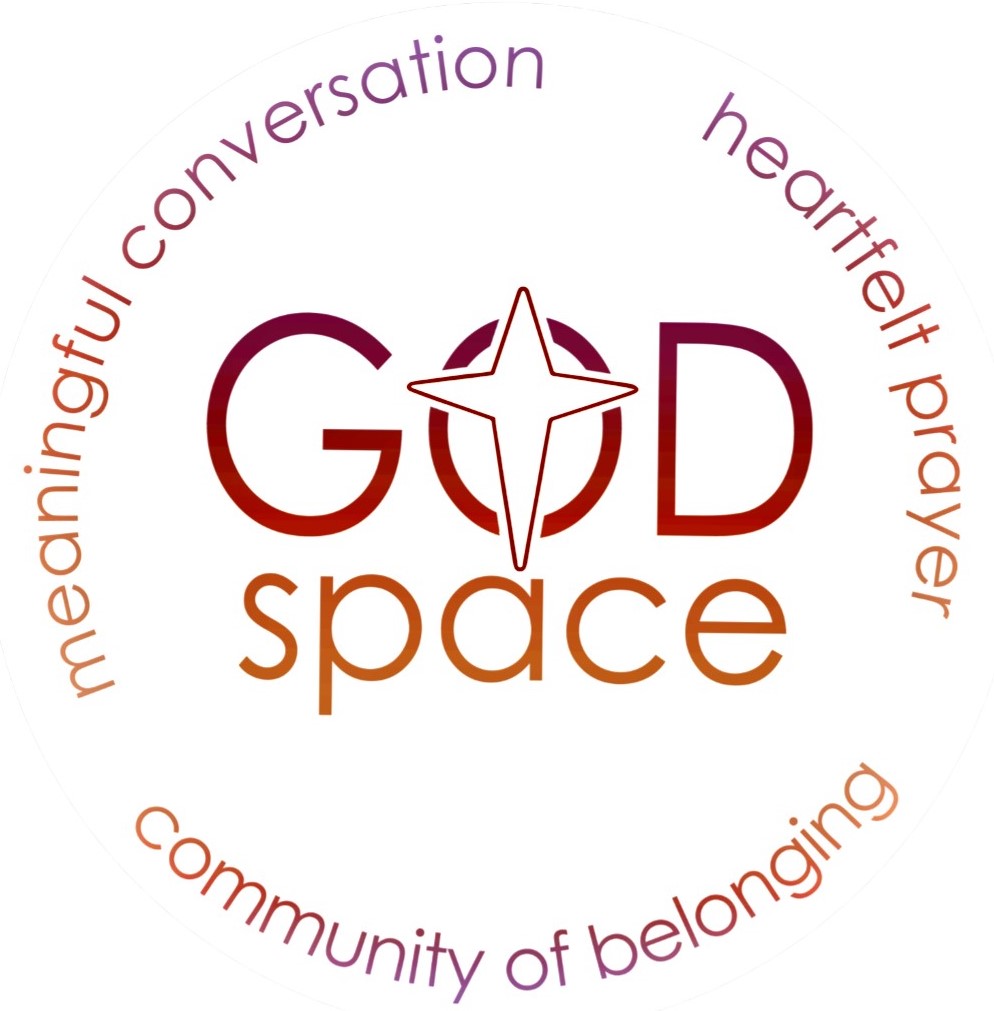Christ the Vulnerable King
/This Sunday we celebrate the feast of Christ the King. I don’t know about you, but I have a hard time relating to this one. Maybe it’s because I come from a country where we don’t have a monarchy. Or, maybe I resist such a patriarchal image of Christ — the way I image Christ is more folksy than kingly. I pray to a God who is close to me, not a high and mighty ruler.
Although my initial response is resistance, I find it interesting, fascinating, really, that the Gospel reading we get on this feast does not reflect a mighty king in power. Instead, it depicts Jesus on the cross, ridiculed by the Roman “rulers” and reassuring the “good thief.” This is not Jesus in his glory; it’s Jesus in abject vulnerability. Hanging on the cross near the point of death and allowing things to unfold reflects powerlessness, not power. Maybe he could have changed things – come down off the cross and thwarted his enemies – but he didn’t. He stayed there, literally hanging in his weakness. He hung in with others at their deepest moment of need too, welcoming the one who asked to come into the kingdom.
What kind of a king is that?
Well, not one to be feared, that’s for sure. And not one at a distance either.
In the Second Reading we’re told that Christ is “the image of the invisible God.” I took a moment to pause with that line. Christ is the image of the invisible God – not used to be God’s image, but the image of God now and always. Christians don’t always talk about Christ that way, do we? We seem to think that, once he died, rose, and ascended, Christ became invisible too. It can be tempting to think of Christ in heaven with God and somehow removed from our lives. In fact, I used to worship at a church that depicted that image. In the apse of the church, right above the altar, was a depiction of an old man with a beard seated next to a younger man with a beard, and between them is a white bird. They’re seated on thrones, ruling from above. Maybe they directed our comings and goings, but they were doing it from a distance, removed from us in the pews.
However, that’s not what our faith teaches about incarnation, and it’s not how I experience Christ either. Where I really saw Christ in that church was in the mishmash of people gathered there. Despite the fact that we sometimes portray Christ as above and beyond, that’s not what kind of king Christ is. I think that’s what our readings on this feast are telling us. Christ the King reflects the paradox of who Christ is – divine and human, infinite and limited, profound mystery and ordinary as bread, all-powerful and all-vulnerable.
The Feast of Christ the King closes the Church year, and next Sunday we’ll begin the season of Advent and a new liturgical year. I never thought about it before, but it seems like Christ the King really sets us up to be open to the Advent and Christmas seasons. Our last look at Christ is the weak but loving image of the invisible God inviting a thief to enter his kingdom. From there we’ll move into a season of waiting for Christ to come into the world as a naked, weak infant, born into poverty in a barn and utterly dependent on the care of others. Vulnerable king, vulnerable baby, vulnerable God.
Christ is not invisible. Christ is not high and mighty. Christ is all around us, in each person we meet, and within our very selves. So, on this feast, let’s close the church year in gratitude, allowing Christ the vulnerable king to walk closely with us. And when Christ invites each of us into his kingdom, I hope we say yes.
For Reflection:
Who is the Christ that you picture? What does that say about how you relate to “the invisible God”?
What does it mean to you that Christ the King is vulnerable?
Have you ever experienced the presence of Christ during a time of great vulnerability in your life? What was that like? What did that show you about who Christ is for you?
What keeps you from being vulnerable and open before Christ?
By Sister Leslie Keener, CDP
Sister Leslie Keener, CDP is the director of God Space, a community-building spirituality ministry in Cincinnati and Northern Kentucky. She’s a Sister of Divine Providence with a Masters in Ministry and a Certificate in Spiritual Direction and Retreats from Creighton University. She directs retreats, meets with people for spiritual direction, and serves as the vocation director for her community. She also serves on the Coordinating Council of Spiritual Directors International. She enjoys music, meaningful conversations, dancing, and Thanksgiving food, especially pumpkin pie. :)


